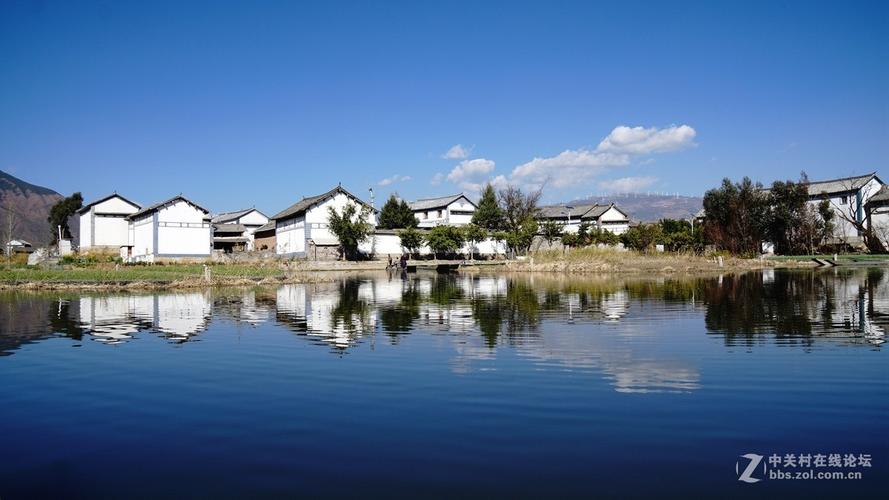The intelligence cycle is a well-established process used by organizations to gather, analyze, and disseminate information to support decision-making. The process comprises four distinct phases, each with its own distinct set of activities. Understanding these phases is essential for any organization seeking to improve its intelligence gathering capabilities. In this article, we will provide a comprehensive guide on each of the four phases of the intelligence cycle.
Phase 1: Planning and Direction
The first phase of the intelligence cycle is planning and direction. In this phase, the organization identifies the information requirements necessary for making informed decisions. This may involve conducting a needs assessment to determine the gaps in information currently available or gathering intelligence on specific threats or opportunities. Once this is done, the organization can develop an intelligence plan to guide its activities moving forward.
Phase 2: Collection
The second phase of the intelligence cycle is collection. This phase involves gathering information from a wide range of sources, including open-source information, human intelligence, signals intelligence, and imagery intelligence. The goal is to collect as much relevant and accurate information as possible to inform decision-making. This phase is often challenging, as information sources may be limited, and the organization may face legal or ethical constraints.
Phase 3: Analysis
The third phase of the intelligence cycle is analysis. In this phase, the organization evaluates the information collected to identify patterns, trends, and insights. The goal is to gain a deeper understanding of the information and its implications. This phase requires expertise in data analysis, as well as an understanding of the organization’s goals and objectives. Analysts may use a range of tools and techniques, including data visualization, statistical analysis, and machine learning.
Phase 4: Dissemination
The final phase of the intelligence cycle is dissemination. In this phase, the organization shares the intelligence gathered and analyzed with the relevant stakeholders. This may include decision-makers, operational teams, and external partners. The goal is to ensure that the intelligence is used to inform decision-making and to take action where necessary. The dissemination phase is critical as it ensures that the organization can achieve its goals and objectives by making informed decisions.
Conclusion
The intelligence cycle is a complex process with multiple phases that require careful planning, execution, and analysis. Understanding each phase is essential for any organization seeking to improve its intelligence gathering capabilities. By following the intelligence cycle, organizations can ensure that they have access to the information they need to make informed decisions and to take action where necessary. We hope that this comprehensive guide has provided you with the knowledge and insights necessary to implement the intelligence cycle in your organization.
(Note: Do you have knowledge or insights to share? Unlock new opportunities and expand your reach by joining our authors team. Click Registration to join us and share your expertise with our readers.)
Speech tips:
Please note that any statements involving politics will not be approved.
